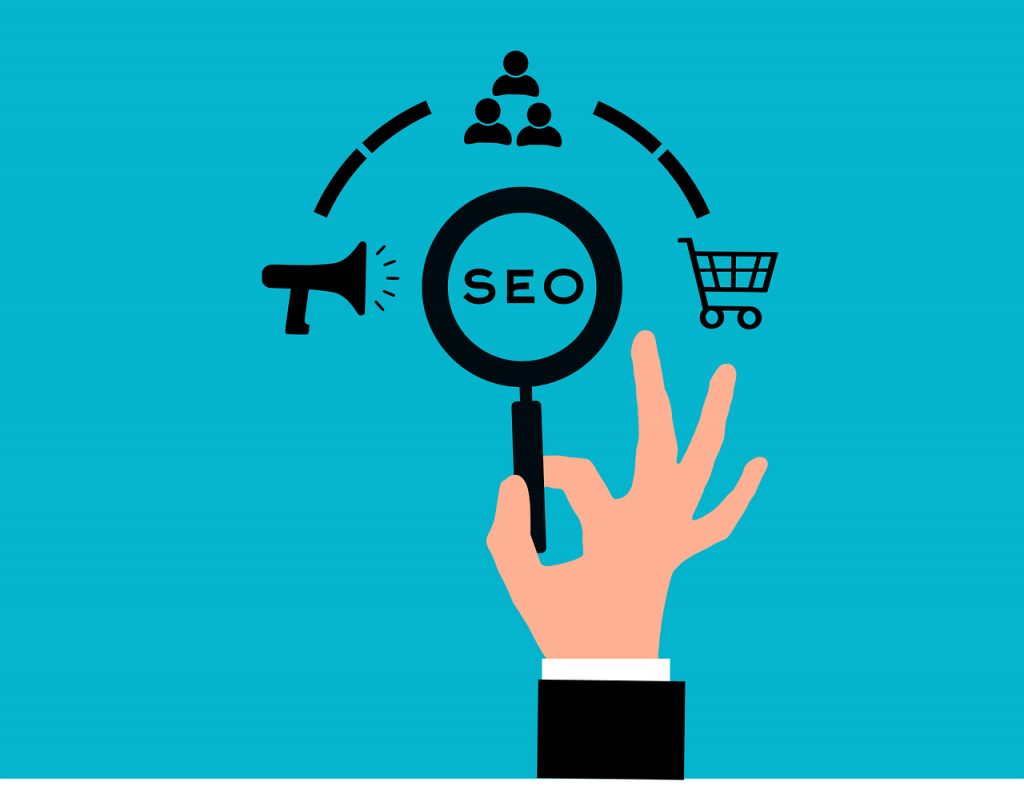A well-optimized landing page is a critical component of any successful digital marketing strategy.
It not only plays a crucial role in improving your website’s search engine optimization (SEO) rankings but also maximizes conversions from your email marketing campaigns.
In this article, we will explore key strategies for optimizing landing pages to improve SEO and increase conversions from email campaigns.
Table of Contents
1. Align the Landing Page with Campaign Objectives
Ensure that your landing page aligns seamlessly with the objectives of your email campaign. Consistency in messaging, design, and offer is crucial to maintain a cohesive user experience. Whether you’re promoting a specific product, service, or content offer in your email, make sure the landing page reflects the same content, value proposition, and call-to-action (CTA). This alignment not only improves conversions but also enhances your overall SEO performance.
Protip
You can now find the email addresses of your target audience and also segment them in different lists easily. Email crawler tools like GetEmail.io find and validate email addresses and segment them within no time. You can also use its Chrome extension for LinkedIn, Salesforce and Gmail too!
2. Focus on Relevant and Targeted Content
Deliver targeted and relevant content on your landing pages to meet the specific needs and expectations of your audience. Optimize the headline and copy to clearly communicate the value proposition and benefits of your offer. Use persuasive language that resonates with your target audience and addresses their pain points. By providing valuable and tailored content, you increase the likelihood of conversions from both organic traffic and email campaigns.

3. Optimize Landing Page Load Time
Page load time is a crucial factor for user experience and SEO rankings. Optimize your landing page by minimizing file sizes, optimizing images, and leveraging caching techniques. Compress code and scripts to reduce load times and enable faster rendering. A fast-loading landing page improves user engagement, reduces bounce rates, and positively impacts your SEO rankings.
4. Implement Clear and Compelling CTAs
A clear and compelling call-to-action (CTA) is essential for driving conversions. Use contrasting colors and design elements to make your CTA button stand out on your landing page. Use concise and action-oriented copy that clearly communicates what users need to do next. Incorporate urgency or scarcity elements to encourage immediate action. A well-designed and persuasive CTA improves both email conversions and overall user engagement on your landing page.
5. Capture User Information Strategically
If your landing page includes a lead capture form, strategically design it to capture user information without creating friction. Keep the form fields to a minimum, only asking for essential information. Consider using smart form fields that automatically populate known user information. Display trust indicators, such as security badges or privacy policies, to instill confidence in users. A seamless and user-friendly form experience improves conversions from both email campaigns and organic traffic.
6. Optimize the Landing Page for Mobile Devices

Mobile optimization is crucial, as a significant portion of web traffic comes from mobile devices. Ensure that your landing pages are fully responsive and adapt seamlessly to various screen sizes. Use large and legible fonts, clear CTAs, and mobile-friendly navigation. Optimize images and ensure fast load times on mobile devices. By providing a mobile-friendly experience, you enhance user engagement, reduce bounce rates, and improve your SEO rankings.
7. Leverage Social Proof and Testimonials
Include social proof elements such as customer testimonials, reviews, ratings, or case studies on your landing page. Social proof builds trust and credibility, increasing the likelihood of conversions. Highlight positive feedback or testimonials related to your offer. If applicable, display logos or mentions of reputable brands or partners. Incorporating social proof not only improves conversions but also strengthens your SEO performance by increasing user engagement and dwell time on your landing page.
8. Conduct A/B Testing and Analytics
Regularly conduct A/B tests to optimize your landing page elements and improve performance. Test different variations of headlines, copy, CTAs, layouts, or images to identify what resonates best with your audience. Analyze conversion rates, bounce rates, and engagement metrics to understand user behavior and preferences. Leverage data-driven insights to refine your landing page optimization strategies and achieve higher conversions from both SEO traffic and email campaigns.
Conclusion
Optimizing your landing pages is crucial for driving organic traffic, improving user experience, and increasing conversions from email campaigns.
By improving both SEO and email conversions, you enhance your overall digital marketing performance. The optimization for a landing page is always an ongoing process that requires continuous analysis and refinement. By staying attuned to user preferences, and leveraging data-driven insights, you can achieve higher conversions and maximize the effectiveness of your email campaigns and SEO efforts.

Alex is fascinated with “understanding” people. It’s actually what drives everything he does. He believes in a thoughtful exploration of how you shape your thoughts, experience of the world.



